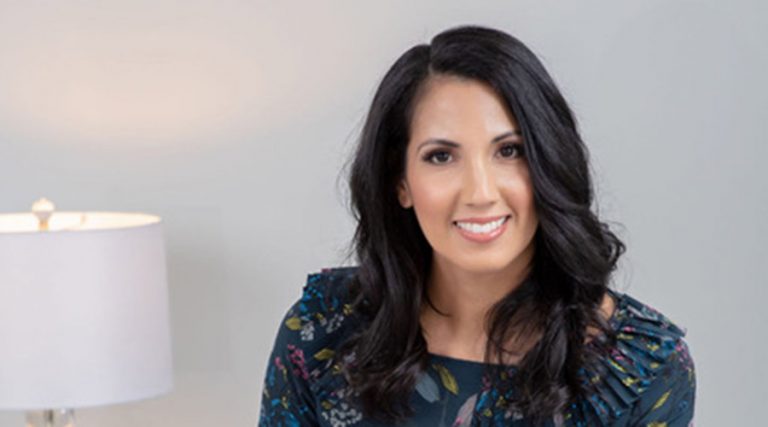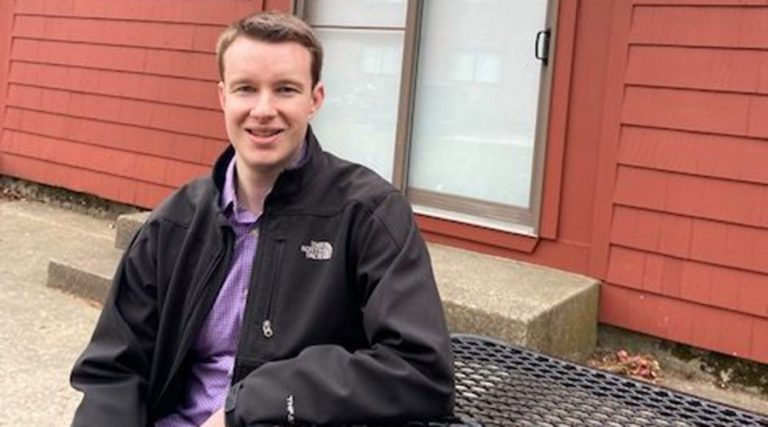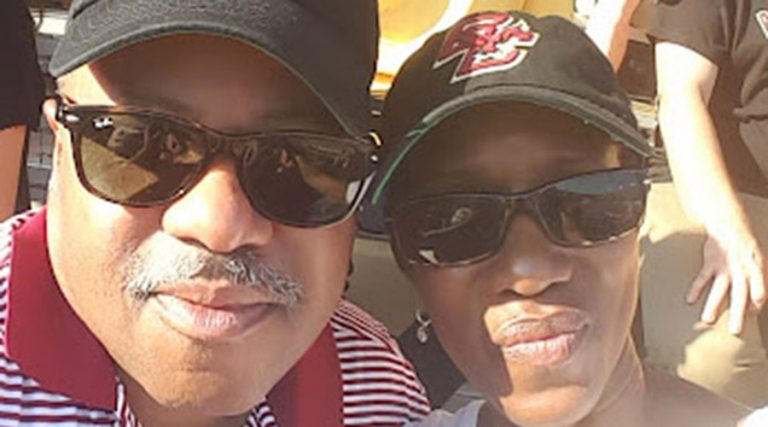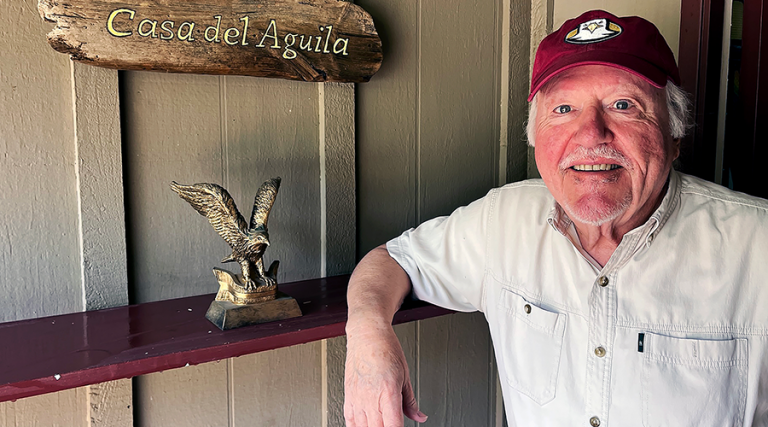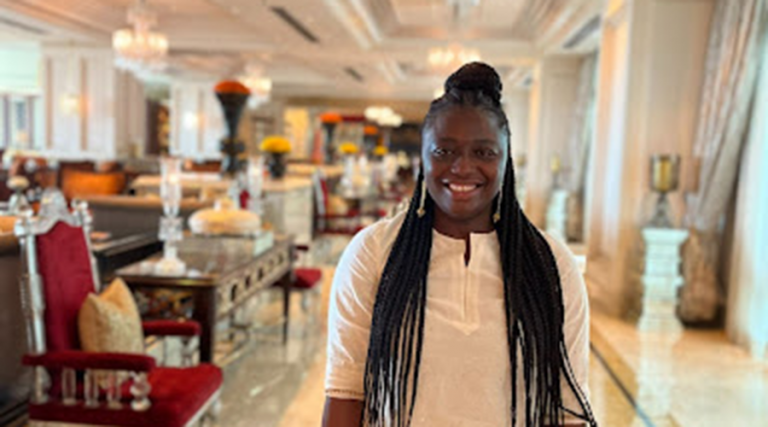Celebrating Our “Sheroes”
How Women Helped Shape the Heights
By: Diana Griffith

One of Boston College’s most beloved landmarks is Ford Memorial Tower, the imposing entrance to Burns Library that faces Linden Lane. Long rumored to be named for an unknown washerwoman, the iconic tower was recently discovered to be named for Margaret Elizabeth Ford, a successful milliner in Boston whose 1926 estate provided the funds needed to complete the library’s previously stalled construction.
Thanks to an enterprising librarian’s research, Ford now has a place in the long line of women who have advanced the BC mission from its earliest days. While women did not attend classes until the 1920s, and then only in some nursing and education programs, they have always been active ambassadors for the University, raising funds and public support at every step in BC’s upward trajectory.
 Consider the 1907 announcement in the Boston Globe, just days after BC’s purchase of land in Chestnut Hill, that “a poor widow” had been the very first to make a gift—of one dollar—toward construction of buildings at the Heights. Her anonymous gift was followed by a flurry of activity led in no small part by the mothers, wives, sisters, and friends of BC alumni—women eager to show their support for the fledgling school and its impact on their community. Mostly Irish and active in church and civic groups, these women organized dozens of events to raise funds for the new campus, including a garden party in 1909 that drew over 35,000 people to the otherwise empty Heights.
Consider the 1907 announcement in the Boston Globe, just days after BC’s purchase of land in Chestnut Hill, that “a poor widow” had been the very first to make a gift—of one dollar—toward construction of buildings at the Heights. Her anonymous gift was followed by a flurry of activity led in no small part by the mothers, wives, sisters, and friends of BC alumni—women eager to show their support for the fledgling school and its impact on their community. Mostly Irish and active in church and civic groups, these women organized dozens of events to raise funds for the new campus, including a garden party in 1909 that drew over 35,000 people to the otherwise empty Heights.
BC deans are women
women are on the BC Board of Trustees
of living Boston College alumni are women
“The Fairy Godmother”
A few of these early benefactors remained close to the University and, in 1915, formed a women’s auxiliary group in support of athletics. Naming themselves the Philomatheia Club (after the Greek word for “love of learning”) they quickly expanded their remit to include academics, student life, and every other aspect of the University.
Many women contributed to the club’s success, but none more than Mary Werner Roberts—wife of Vincent Roberts ’29—who was the club’s third president and whose tenure lasted a half century. Roberts encouraged Philomatheia women to improve BC’s resources with successful fundraisers and, in turn, she found ways to share those resources—through faculty lectures and other activities—with members who, as women, could not enroll at BC.
The Philomatheia Club grew into one of the most important fundraising organizations in the University’s history. In the 1923 Sub Turri yearbook, students praised the club for enriching every aspect of their BC experience, calling it “the fairy godmother of Boston College.” At least four pieces of key real estate were donated to BC by Philomatheia or its members, and the group raised money for undergraduate scholarships, Jesuit mission work, academic and athletic prizes, equipment for new science labs, and even the University’s first endowed professorship.
Philomatheia remained active until the 1960s, when women began to take a more prominent role on campus. By 1970, Boston College became fully co-ed and, in 1974, it merged with the all-women Newton College of the Sacred Heart, bringing the total number of female students past 900.
As the student body changed, so too did the administration. In 1971, the first two women were appointed to the BC Board of Trustees. In 1992, Mary Lou DeLong NC’71 was appointed vice president of university advancement (UA)—the first woman VP to lead a large division.
A mentor to many within UA and across campus, DeLong oversaw the University’s record-breaking Ever to Excel campaign and is credited with strengthening BC outreach to alumni, parents, and friends, including the launch of an alumnae group that continues to shape the BC experience today.
The Council for Women of Boston College
In 2002, DeLong met with a small group of women to discuss how to harness the energy and expertise of BC’s alumnae, and out of that meeting, the Council for Women of Boston College was born. Cathy Brienza ’71, one of the council’s founding members, recalls: “We thought it might be a social group or a group that focused on students and alumni with programming, or we thought it might be a financially supportive group for the University and, in the end, it turned out to be all of those things and more.”
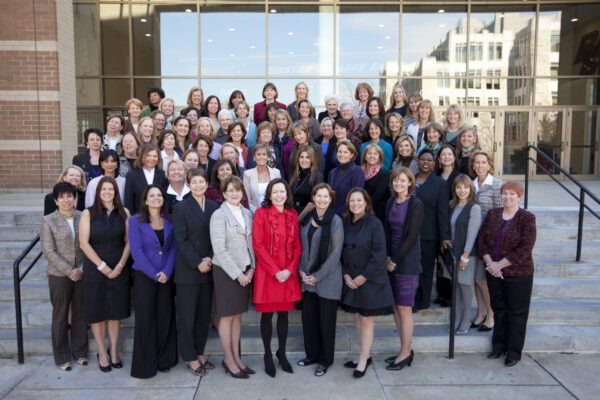
Two decades later, the council provides BC alumnae with multiple ways to engage with the University and each other. In 2015, they launched the CWBC Colloquium with former Secretary of State Madeleine Albright as inaugural speaker and, in 2020, the group established both an endowed and a current-use scholarship to support undergraduate students.
As with the Philomatheia Club, CWBC members are also benefactors, giving generously of their time and resources as a group and individually. Founding Chair Kathleen McGillycuddy NC’71, who served until earlier this year, was the first woman to chair the BC Board of Trustees and co-chaired BC’s successful $1.5 billion Light the World campaign. Incoming co-chairs Pat Bonan ’79 and Elizabeth Vanderslice ’86 are also founding members as well as BC trustees and have given generously to support BC priorities.

In recent years, women have made truly transformational gifts to Boston College. In 2008, McGillycuddy and her husband, Ronald Logue ’67, MBA’74, established The McGillycuddy-Logue Center for Undergraduate Global Studies. The Margot Connell Recreation Center opened in 2019 thanks to support from BC parent—and grandparent—Margot Connell. In 2022, the Marianne D. Short, Esq., Law School Deanship was endowed by Marianne Short NC’73, JD’76. And, in the fall of 2023, the Hoag Basketball Pavilion opened thanks to Michaela Murphy Hoag ’86. As the University launches Soaring Higher: the Campaign for Boston College, one thing will remain the same—women philanthropists will play a vital role in raising the funds necessary to ensure the University’s continued excellence and long- term security.

